What happens to your bag when you check in?
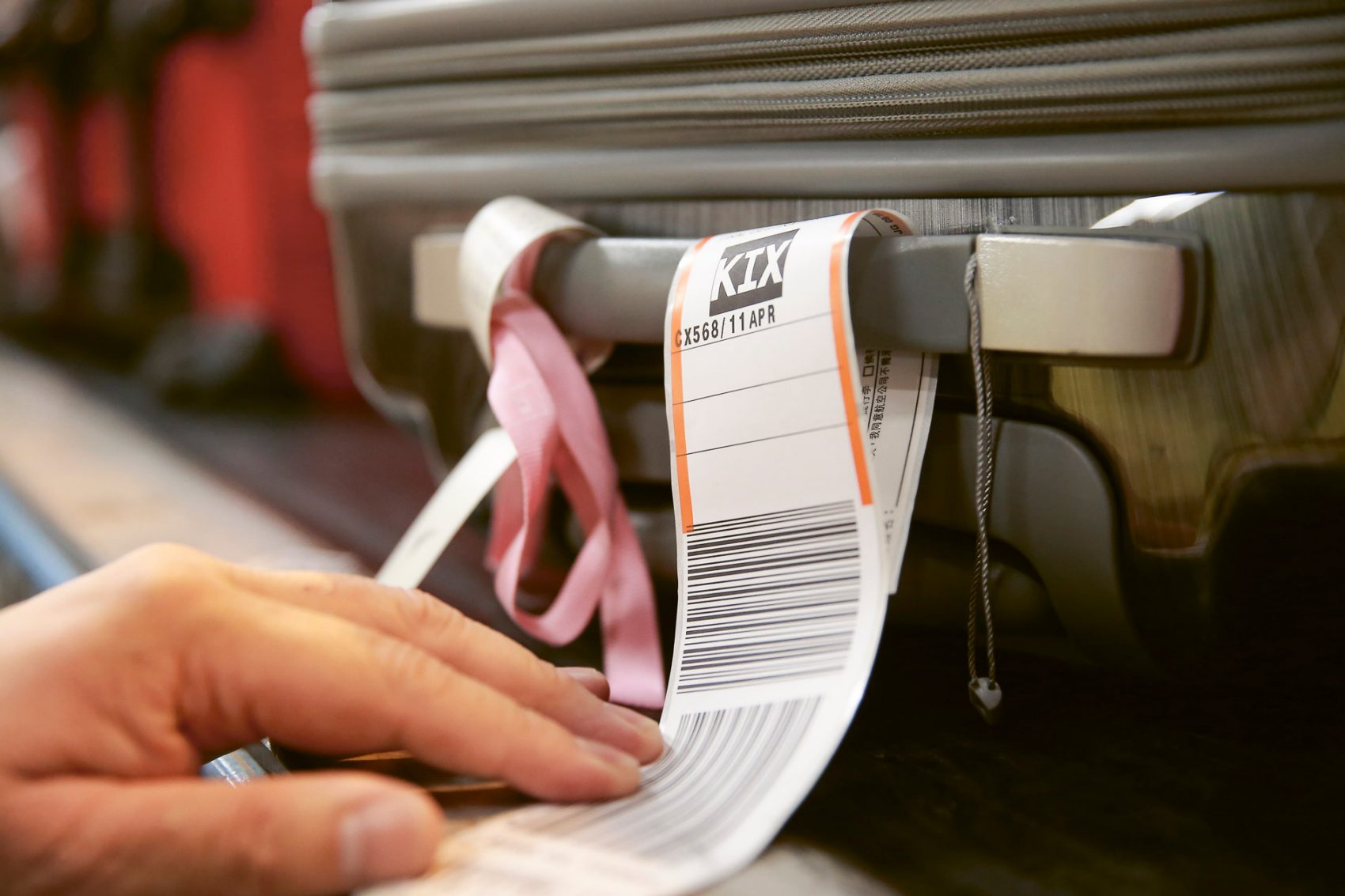
Of all the sinking feelings, the most profound has to be realising your suitcase is not going to appear on the airport conveyor belt – and the realisation that you’re now stuck in the clothes you’re wearing for the foreseeable future.
Fortunately, the number of incidents of lost or ‘short-shipped’ bags – those that do not make it onto your flight – are falling, particularly on flights from Hong Kong. To the Cathay Pacific team at Hong Kong International Airport, that’s a point of pride.
While above ground the airport is running to near capacity with ever-growing passenger numbers, deep in the basement something miraculous takes place each day. Passengers’ bags make their own journey from check-in counter or transfer aircraft through a labyrinth of conveyor belts – and pretty much always get to where they should be going.
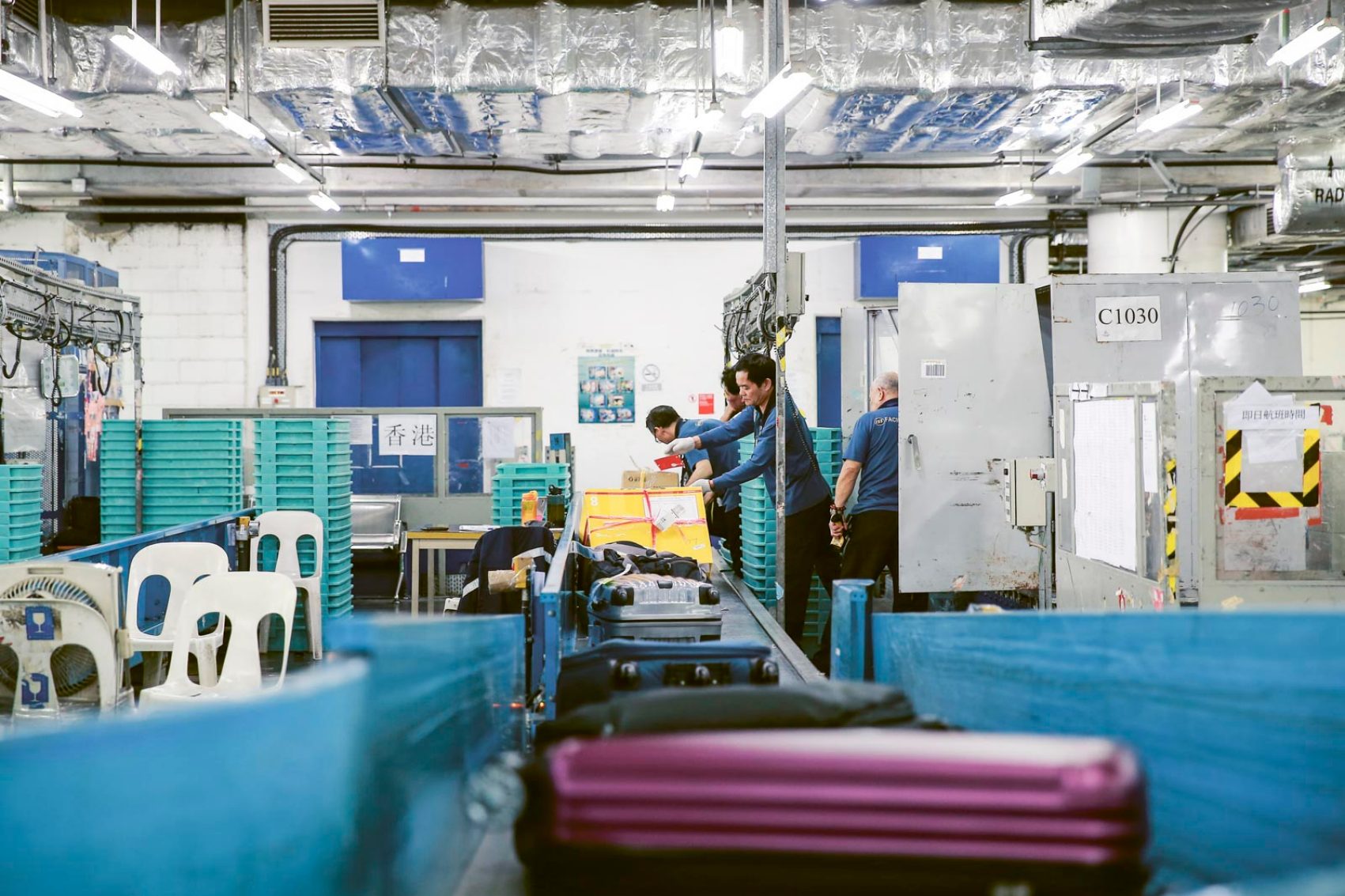
Credit: Karan Yung
It’s the technology that makes the difference. For departing bags, luggage is accepted at the check-in counter, a baggage tag containing a RFID (radio-frequency identification) chip is attached, which means it can be tracked – similar to the technology used to track online shopping purchases.
Bags are then dispatched along the conveyor belt into the baggage handling system. Bags are security screened, then sorted into the right loading area before being transferred into the appropriate container for flight. Then the container is towed to the aircraft for loading into the hold.
It’s critical this works, says Henry Lau, assistant manager baggage services. ‘We are a customer-centric organisation and that is not just about passengers; their bags are an important part of the overall experience,’ he says.
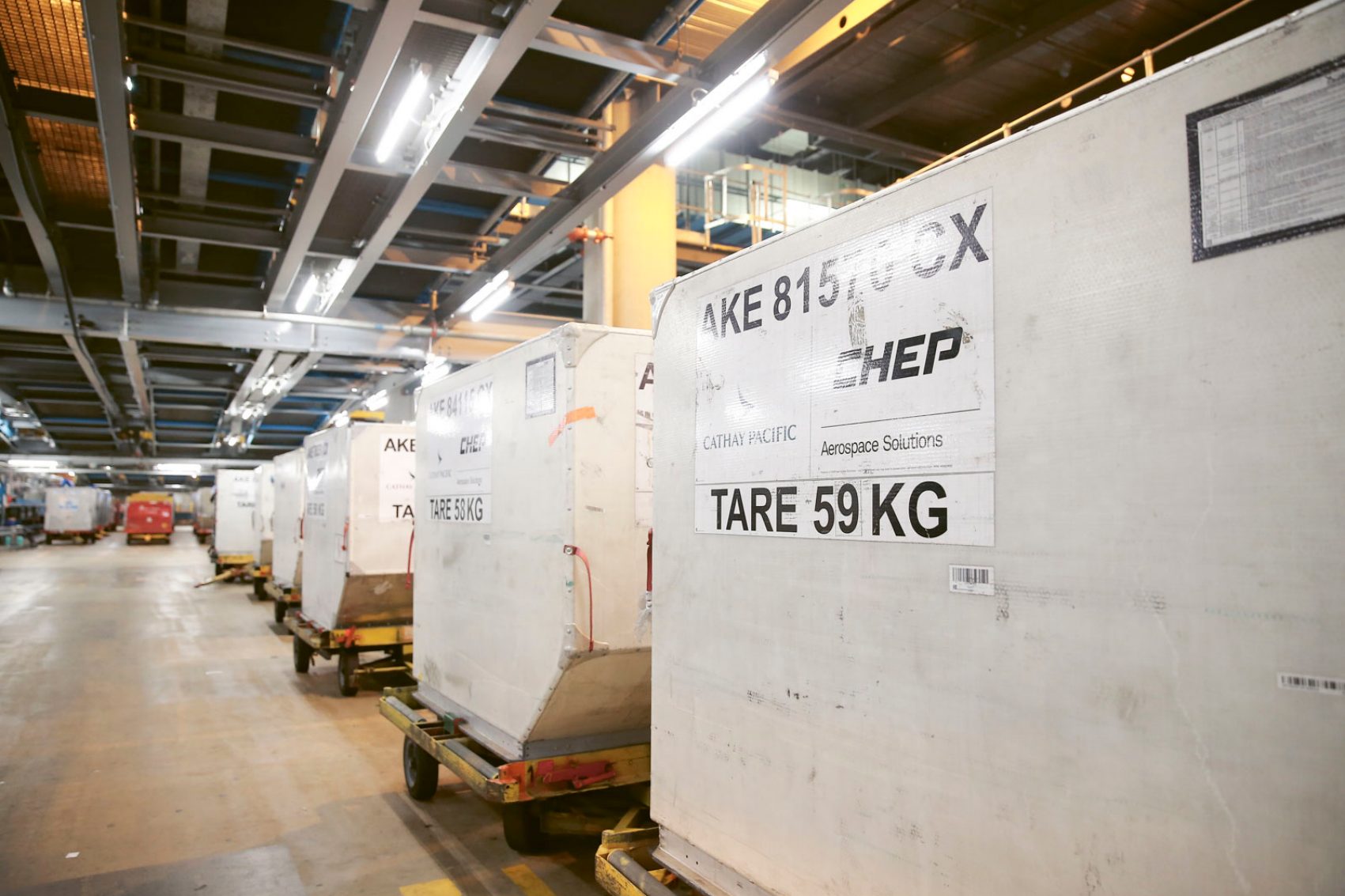
Credit: Karan Yung
While hold bags are often ‘out of sight, out of mind’, they come crashing to the fore if they’re not there when passengers get off the aircraft, as Parry Fung, assistant manager of baggage claims explains: ‘If a customer doesn’t have their bags, their experience is ruined.’
However, thanks to Lau and Fung – who have 48 years of baggage experience between them – and their team of 76 at Hong Kong International Airport, these incidents are becoming rarer; even as challenges mount.
Last year, more than 31 million pieces of luggage were sent on their way from Hong Kong, around 12 million of which belonged to Cathay Pacific passengers.
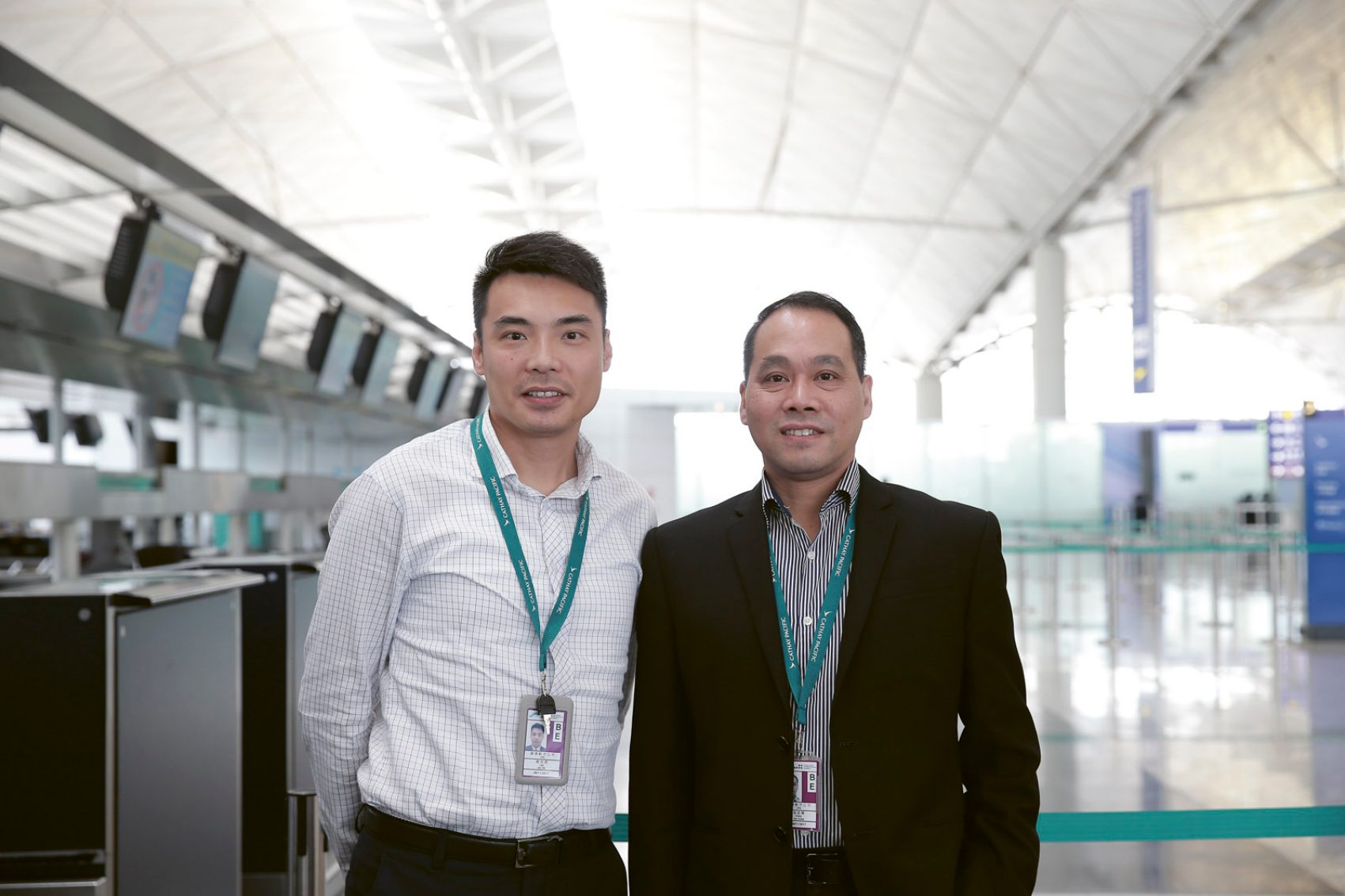
Credit: Karan Yung
When transfers are involved, the likelihood of short-shipped bags increases. Transfer times are tight at the best of times, but air traffic control limitations (particularly on connecting flights from China) and the disruptive effects of the weather can narrow this if incoming aircraft are subject to delays. Nevertheless, in the year to May, just before the first of the seasonal typhoons hit, the team’s overall performance had met or exceeded the industry standard.
In part, this success is thanks to last year’s introduction of a programme to further reduce the mishandling of baggage at Hong Kong International Airport, improving communication between staff to ensure that the right flights are prioritised to reduce misplaced bags. This new programme almost halved the anticipated short-shipments during June’s Typhoon Merbok.
Nonetheless, each month the team has to deal with misplaced bags. Of these, around 95 per cent belong to transfer passengers; only a few will have been checked in at Hong Kong.
The recovery rate – that is, returning bags to their owners – is impressive. Fung leads this effort, and is rightly proud of the greater than 99 per cent success rate. ‘My job is to regain and restore the confidence of passengers in the airline,’ he says. ‘I pick up the baggage claims and make the settlement with passengers for damaged and missing bags.’
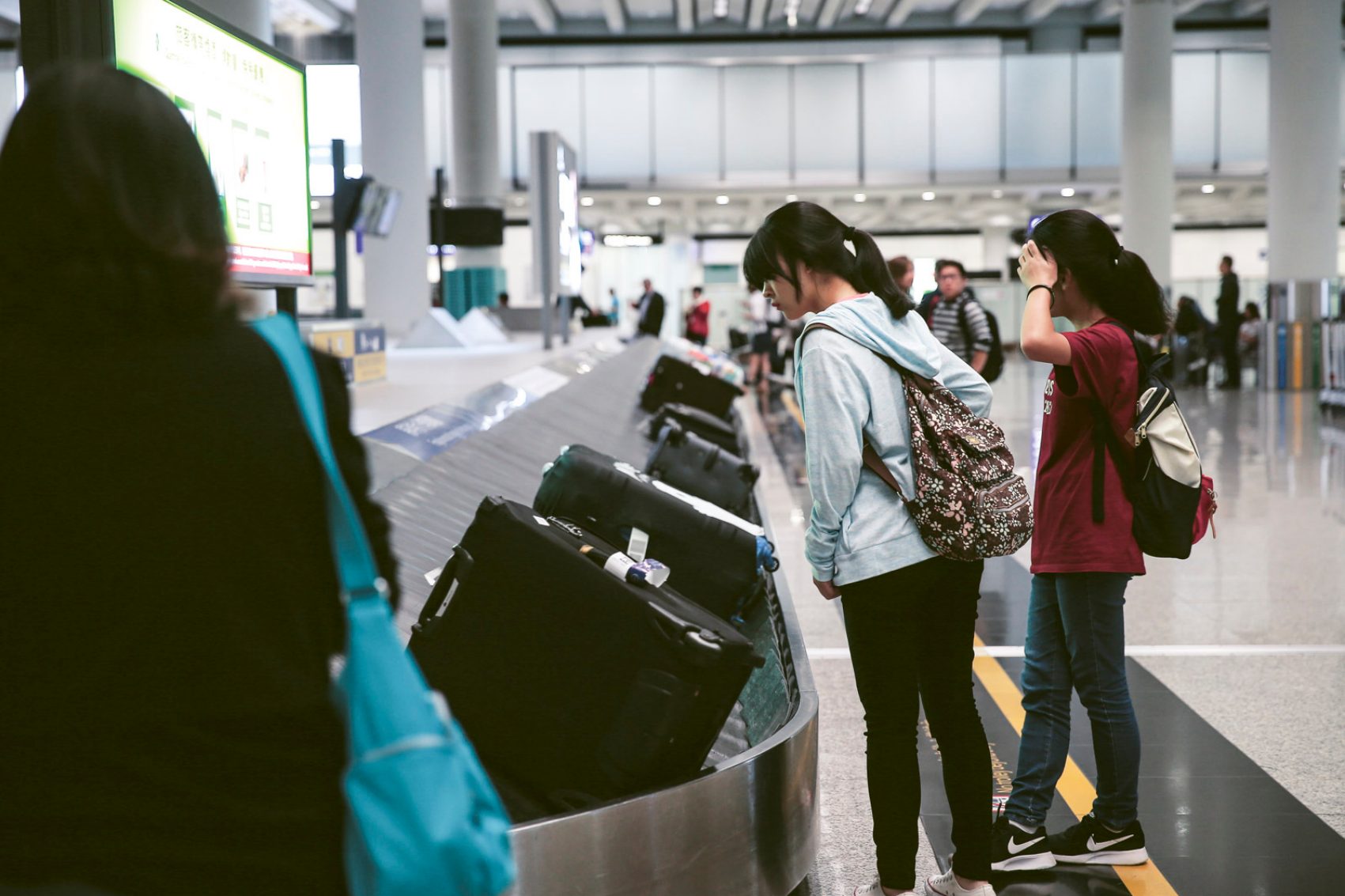
Credit: Karan Yung
Sometimes bags will have passed through three or four airports, so communication is vital here as well. Lau adds: ‘This recovery rate is an achievement because some of these bags involve multiple connections.’
While Hong Kong has adopted RFID technology, not all the world’s airports have yet, so rather than ‘track and trace’, it’s ‘describe and tell’. Fung says it’s common to receive calls from Cathay Pacific passengers at airports not on the airlines’ network. He adds: ‘They will call Hong Kong because they have more faith in us.’
And that’s what this team does best – and they have letters and cakes delivered by grateful customers as proof. ‘Each bag has its own story,’ says Lau. ‘It’s not just about price, it’s sentimental value.’
And it’s one of the reasons that Fung and so many of the team have served 30 years or more. He says: ‘If this were just a job, if it were automated, we’d be like robots. But getting people back their possessions is real satisfaction.’
Hero image: Karan Yung
- China – the Chinese Mainland, Hong Kong SAR, Macao SAR and Taiwan Region
- Hong Kong SAR - English
- Chinese Mainland (China) - English
- Taiwan China - English
- 香港特別行政區 - 繁體中文
- 中国內地 - 简体中文
- 中國台灣 - 繁體中文
- Africa
- South Africa - English
- Asia
- Bangladesh - English
- Korea - English
- Singapore - English
- Cambodia - English
- 한국 - 한국어
- Sri Lanka - English
- India - English
- Malaysia - English
- Thailand - English
- Indonesia - English
- Maldives - English
- ประเทศไทย - ภาษาไทย
- Indonesia - Bahasa Indonesia
- Myanmar - English
- Vietnam - English
- Japan - English
- Nepal - English
- Việt Nam - tiếng Việt
- 日本 - 日本語
- Philippines - English
- Australasia
- Australia - English
- New Zealand - English





.renditionimage.450.450.jpg)

